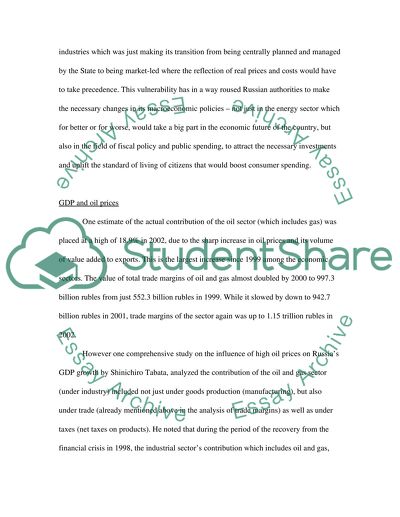Cite this document
(To What Extent Is Russian Growth Predominant by High Oil Prices Statistics Project, n.d.)
To What Extent Is Russian Growth Predominant by High Oil Prices Statistics Project. Retrieved from https://studentshare.org/macro-microeconomics/1520620-russian-economy
To What Extent Is Russian Growth Predominant by High Oil Prices Statistics Project. Retrieved from https://studentshare.org/macro-microeconomics/1520620-russian-economy
(To What Extent Is Russian Growth Predominant by High Oil Prices Statistics Project)
To What Extent Is Russian Growth Predominant by High Oil Prices Statistics Project. https://studentshare.org/macro-microeconomics/1520620-russian-economy.
To What Extent Is Russian Growth Predominant by High Oil Prices Statistics Project. https://studentshare.org/macro-microeconomics/1520620-russian-economy.
“To What Extent Is Russian Growth Predominant by High Oil Prices Statistics Project”, n.d. https://studentshare.org/macro-microeconomics/1520620-russian-economy.


